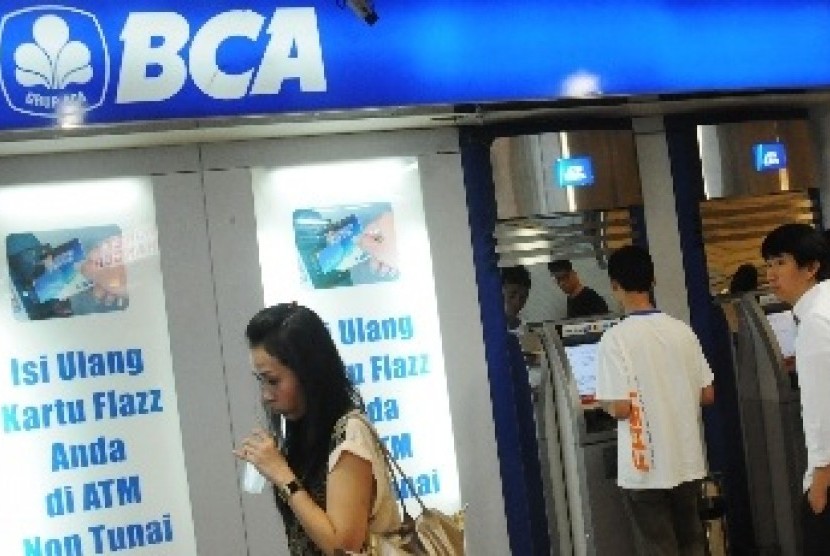REPUBLIKA.CO.ID, JAKARTA -- State lender PT Bank Mandiri Tbk (BMRI) said it hopes to increase the frequency of e-money transactions by 30 percent in 2015 from last year.
"With the new facility of e-money refill through smart phone, the frequency of e-money transactions could increase 30 percent from what was recorded in 2014," Senior Vice President for Transaction of Banking Retail Group of Bank Mandiri, Rahmat Broto Triaji said here on Monday.
In 2014, there were 143 e-money transactions valued at Rp1.6 trillion in the country's largest bank in assets, he said.
The bank has 5 million e-money cards in circulation in 2014 or a market share of more than 65 percent, he added.
He said the market targets of the new facility are those who already familiar with the technology such as senior high school students and office workers.
"The targets are young people with age up to 40 years. The cards in circulation are expected to increase to 6.5 million units this year," he said.
Senior Executive Vice President for Banking Transactions of Bank Mandiri Rico Usthavia Frans said in the first step, the service could be accessed through android-based smartphone having the NFC (Near Field Communication) feature.
"The facility is expected to make easier payments with e-money as the number of our clients has increased from year to year. In addition the facility would contribute to the Non-Cash National Movement (GNNT) in Indonesia," he said.
He said refill does not have to be with Mandiri debit card, adding customers of other banks such as those of CIMB Niaga Tbk, Bank Negara Indonesia Tbk, and Bank Tabungan Negara Tbk could do the refilling with Android applications.
"However, the debit cards have to be registered first in the issuing banks to be used in on line transactions," he said.
Meanwhile Bank Central Asia (BCA) the country's largest private bank, sets a 20 percent growth target for its e-money transactions in 2015.
Head of the Palembang branch of BCA Octovianus said in the South Sumatra capital city on Monday the target is realistic as many people already knew and used e-money product.
He cited in Palembang alone 25,000 cards were already used in 2014.
"The number of people using e-money has increased from year to year. The bank plans to boost the use of e-money by issuing 2,000 cards in cooperation with the education institutions and 5,000 cards in cooperation with private agencies and the public," he said.
He acknowledged the bank performance in the use of e-money in 2014 was relatively low with transactions valued only at Rp217 million per month.
He attributed the low performance to infrastructure being not adequate related to selling places, receiving places and refilling places.
"BCA hopes that the government also launches programs to rule shopping places to provide e-money infrastructure and public facility such as mass transport facility," he said.
Infrastructure should not be provided in urban areas only but also in rural areas as in Sumatra there are only two cities having the facility -- Palembang and Bandar Lampung.
"The people should be educated that cash payment system is already outdated," he said.
Bank Indonesia has intensified promotion of the use of e-money as it is more efficient.
Data from the Central Bureau of Statistics said the amount of money in circulation grew 15 percent per year much faster than the population growth of 2-3 percent.
Among ASEAN countries, Indonesia recorded the highest cash transaction in proportion reaching 99.4 percent followed by Thailand 97.2 percent, Malaysia 92.3 percent and Singapore 55.5 percent.


